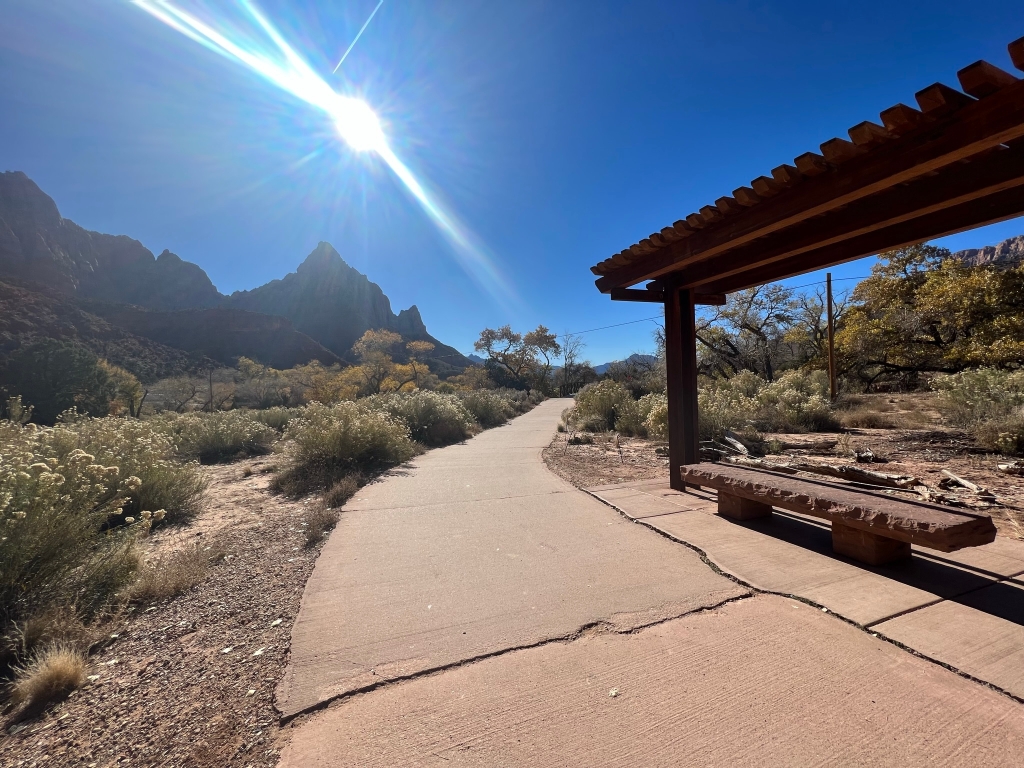
Footprints in Time
Learn
The Museum Collections and Archives at Zion National Park include archival documents, artifacts, photos, and ethnographic objects that help us understand how humans survived and adapted in the Zion area. Natural history specimens such as Zion’s herbarium, are also part of the collection's and help us understand the plants and animals which call the canyon landscape home.
Zion’s herbarium provides snapshots of the park’s vegetation at different points in time. There are over 3,100 plant specimens dried and pressed plants that represent over 95% of the confirmed plant taxa in the park. The preserved plants represent the variety of plant life in Zion National Park and reveal how the park’s first naturalists explored and documented living things. The earliest specimens in the herbarium were collected in the 1920s, additions and updates to this resource continue today. Collecting is prohibited in the park, but herbarium specimens are processed by park staff or researchers with permits.
The herbarium collection is a useful tool in monitoring human impacts and ecological shifts within this protected area. As time passes, the collection becomes an increasingly valuable resource that will undoubtedly be useful in the future management and protection of Zion’s abundant biological diversity.
Look
Along the Pa’rus trail you may notice areas roped off and signage to stay on the trail and give plants a chance. Vegetation and living soil along the Pa’rus trail like desert grasses and cacti play an important role in soil stabilization and erosion control.
Connect
What impact do humans have on the environment today? You can have a positive impact on the environment here at Zion National Park by staying on designated trails, packing out what you pack in, leaving what you find, and respecting wildlife.
Is there something we missed for this itinerary?
Itineraries across USA


















































